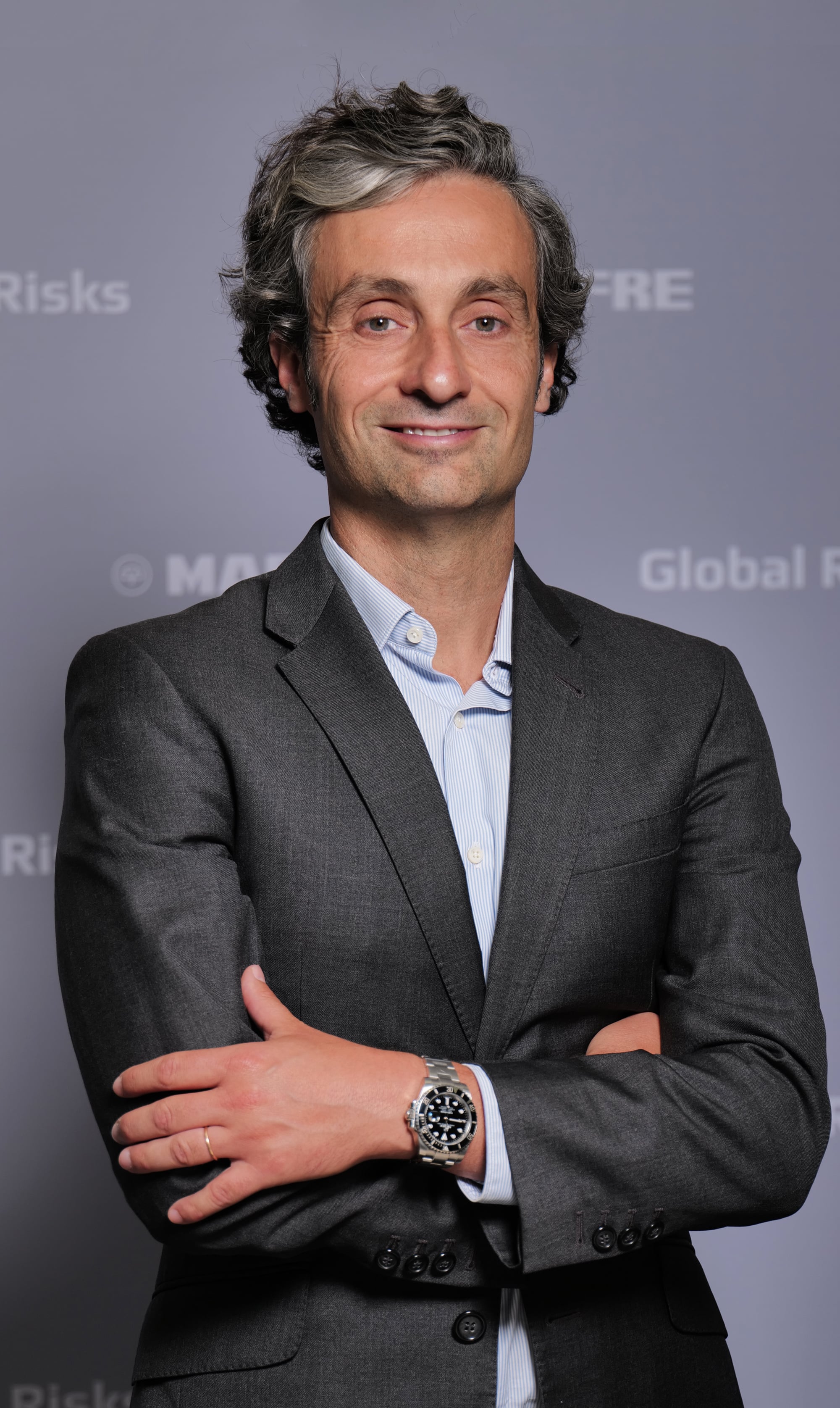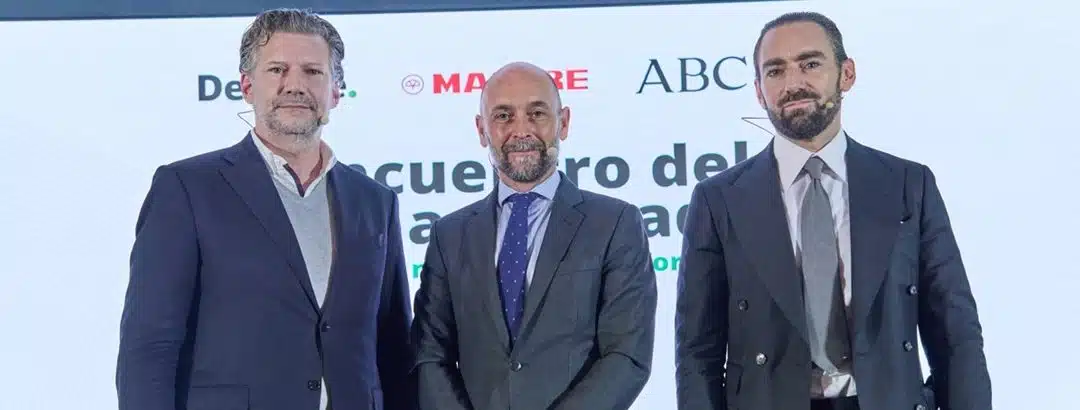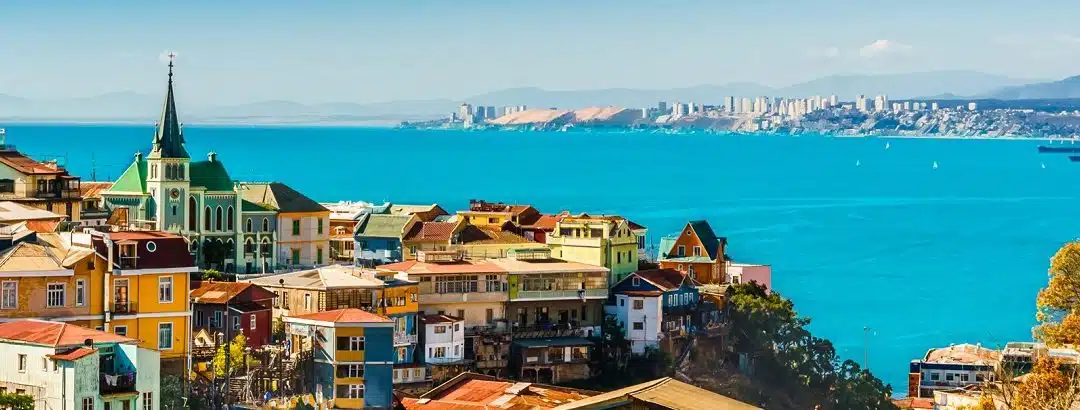Gonzalo Sanz Segovia | 25/09/2025
Please give a warm welcome Julián Rojo, Business Development Expert in Europe at MAPFRE Global Risks. In this interview, he gives us some details on how he’s tackling this new personal and professional challenge, as well as sharing his perception of the market as it stands today, analyzing its factors and trends.
So you’ve returned to MAPFRE Global Risks. What led you to accept this new challenge?
First of all, I’d like to thank the entire MAPFRE Global Risks team for the warm welcome they’ve given me. Returning to MAPFRE, my professional center of reference, after a long and enriching international career, was a thoughtful and enthusiastic decision.
During my time in Paris, I closely followed the company’s evolution in a market that’s been undergoing a profound transformation since the pandemic, and it’s clear to see that it has certainly provided stability, permanence, and leadership to the world of enterprise insurance, consolidating its position as the benchmark in the Iberian peninsula and Latin America.
From my perspective, our sustained success is based on two key factors. First off, we have rigorous underwriting, underpinned by more than 40 years of experience that has been accumulated across our business lines: Property and Casualty, Third party, Specialty lines (Aviation, Construction, Energy, Marine, Mining), and Global Employee Benefit Programs. The second aspect I’d highlight is our outstanding customer service —in operations, claims, and engineering—with dedicated teams and attention to detail, which is key in captive programs.
Seeing how a company with a healthy corporate culture maintains standards of excellence and continues to improve day after day, especially in Latin America, is really inspiring.
My role as Business Development Expert will initially focus on Europe, combining the optimization of our current client base with the identification and development of new strategic opportunities, working closely with our brokers.
The goal is to support large corporations with significant exposure in the markets MAPFRE operates in, especially in Latin America, so they trust us to issue their policies.
In short, it’s the right time, the right environment and the right project. Being in a position to contribute once again to MAPFRE’s future, with a fresh perspective and consolidated experience, is a challenge that excites me enormously.
“When a broker, insurer, and risk manager are able to align their knowledge, purpose, and commitment, they form a cohesive and resilient team.”
 What role can MAPFRE Global Risks play in Europe as a strategic partner for large corporations with operations in Latin America?
What role can MAPFRE Global Risks play in Europe as a strategic partner for large corporations with operations in Latin America?
The first thing that stands out is that Spain is a natural bridge between Europe and Latin America, not only because of the language and historical ties, but also because of the cultural and business affinity, which reduces barriers and facilitates management in complex environments. For large European corporations with a presence in the region, this translates into a real competitive advantage.
The data supports this perception: in 2024, Spain was the leading European investor in Latin America, with 6% of total foreign direct investment and 40% of that from the EU, according to ECLAC (see “Foreign Direct Investment in Latin America and the Caribbean”). And Spain does all this with a sectoral depth and scale that few can match.
In the insurance sector, MAPFRE also offers its clients a highly differentiated value proposition: a consolidated presence in most Latin American markets, scale, sector capillarity, and in-depth knowledge of each jurisdiction. We understand the regulations, market practices, and operational nuances that are vital when it comes to managing major risks.
This is all complemented by a solid international structure and specialized teams in key sectors such as energy, infrastructure, mining, transportation, and employee benefits. This allows us to coordinate uniform and technically coherent global programs, tailored to each country.
And, of course, we need to mention our unparalleled service levels in operations, and claims, and engineering services renowned for their agility, technical rigor, and direct access to key decision-makers, even in the most demanding situations.
In short, MAPFRE Global Risks is not like any other insurance partner. We are capable of combining global vision and local execution, providing the confidence and stability needed to thrive in a dynamic Latin American environment.
“Captives will change the market architecture,
shifting the focus from simple risk transfer to hybrid retention models.”
What trends will most transform the insurance business in the next five years, especially in global risks?
I’d be inclined to say the most significant will be the growth of captive insurers . In Europe, their adoption is accelerating due to several factors: changes in the traditional market (rates, capacity, retentions), emerging risks (cyber, climate change, environmental liability), and regulatory reforms that facilitate their creation or relocation, as in France.
This phenomenon will spread geographically. Spain and Italy are moving toward more favorable frameworks, and markets such as Luxembourg, Ireland, and Switzerland will continue to be benchmarks. Captives will expand their reach, not only for frequent and low-severity risks, but also for non-traditional lines, parametric solutions, and tailored coverage for risks uninsurable in the conventional market.
This will allow companies to retain more risk, optimize costs, and obtain better conditions in the open market. For the insurer, this is both a challenge —because part of the premium will remain in the captive—and an opportunity to position itself as a strategic partner, providing fronting , program structuring, and specialized advice.
In short, I believe captives will change the market architecture, shifting the focus from simple risk transfer to hybrid models of retention, alternative financing, and close insurer-client collaboration.
“In such a digital and competitive market, the key is to build strategic alliances between insurers, brokers , and clients, based on trust, transparency, and agility.”
You are a firm believer in long-term relationships and transparency. How do you envision the ideal relationship between insurer, broker, and client in an increasingly digital and demanding environment?
In such a digital and competitive market, the key is to build strategic alliances between insurers, brokers , and clients, based on trust, transparency, and agility.
Major risks structurally require predictable and stable insurers capable of maintaining strong, long-term relationships, beyond economic cycles. Technology is an essential ally: it streamlines processes, provides immediate access to critical information, and enables more precise decisions. But it should not replace human connection, but rather reinforce it.
I observe that the more data we have, the more important the quality of the questions we ask. Machines will increasingly take on repetitive tasks, with exceptional efficiency, but communication, collaboration, creativity, and empathy can only be the preserve of people.
From a business perspective, when the broker , insurer, and risk manager are able to align knowledge, purpose, and commitment, the relationship ceases to be merely transactional and becomes a cohesive and resilient work team, for the benefit of all.
MAPFRE exemplifies this culture in an outstanding way.






